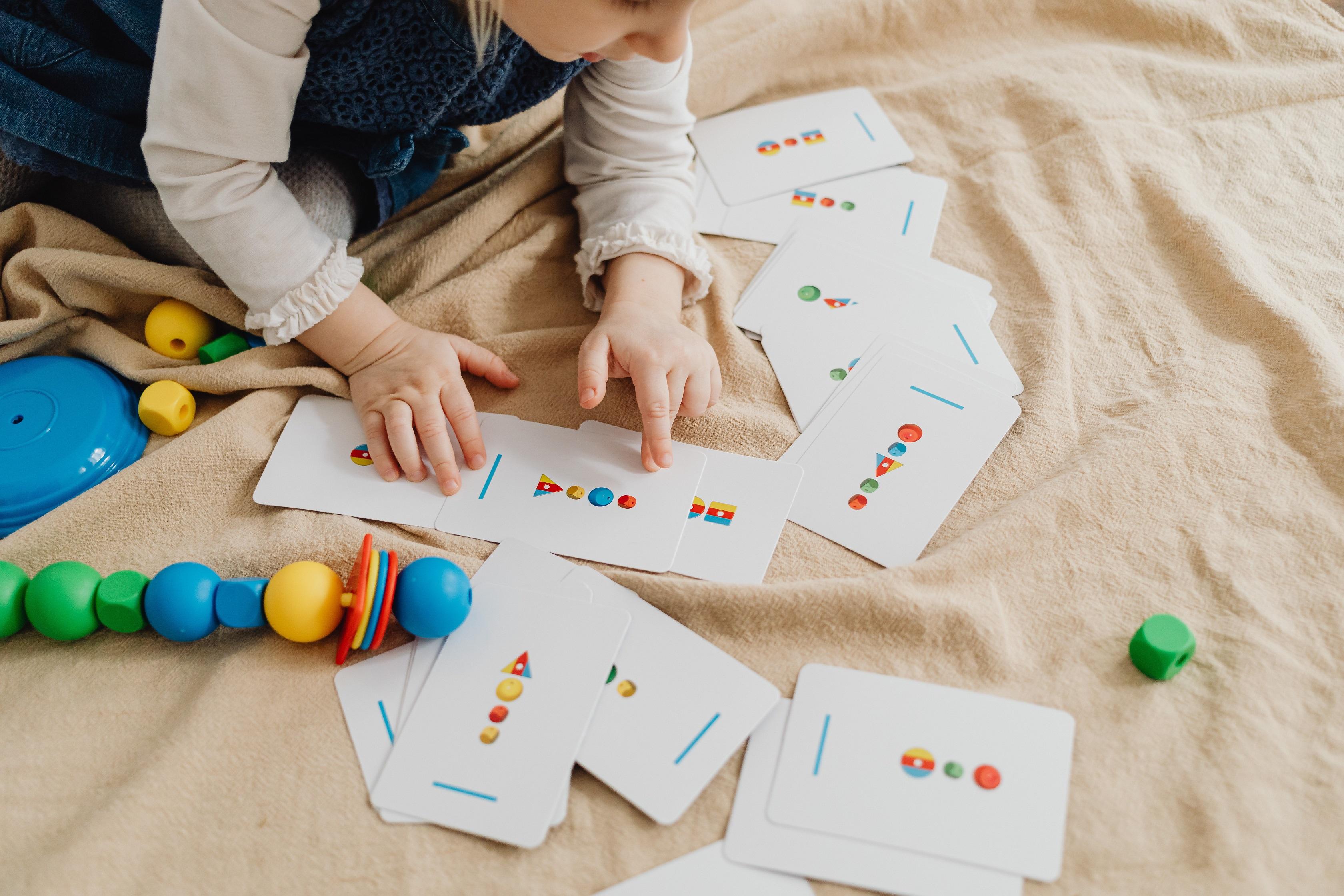


What Age Can I Start to Play Cards with my Kids?
24 September 2023
You can start playing cards with children at any stage; it’ll just look different depending on their age. Playing card games with your little ones is incredibly beneficial in several ways, including social and educational aspects and improving cognition. With this in mind, it might be worth introducing them sooner rather than later.
Whatever age you decide to introduce your children to cards, make sure it is fun for you all and the games you try to teach are suitable for their age and stage. Here is a rundown of what you can expect as your child grows up.
Babies- 0-12 Months
Although you might not actually be able to play cards with babies, you can introduce them and familiarise your little one with their look and feel. Cards can be a starting point for plenty of talk, which will increase their vocabulary and understanding of sentence structures. Also, if they watch you play and have fun, they will want to join in as soon as possible.
Toddlers- 12- 36 Months
Toddlerhood is the perfect time to introduce some straightforward games to your children’s card game repertoire. By this age, they may begin to use some words and can copy and follow simple instructions. Games such as Snap and Memory will teach them how to take turns, and they will begin to build a base for future games. It will also begin to stretch their brains and help them start to see things differently.
Aged 3-4
When your child is 3-4, you can start playing card games which require a bit more thought, such as Old Maid. At this stage, holding and dishing out cards will be easier but will also help develop fine motor skills further, eventually supporting drawing and writing. By this stage, children are likely to be able to concentrate for longer and wait more patiently between turns.
Aged 5-6
At the ages of 5-6, you can introduce games to help your children use strategy to replace impulses. You can develop this by talking them through their thoughts and helping them to see other options. They will have gained more patience to wait and watch and see what is happening and maybe even tune in to other players' body language. As your child nears 5, you can also give them responsibilities, such as shuffling and dealing the cards to the rest of the family.
Aged 7+
With children aged 7 and above, you can begin to get to the nitty gritty games, especially if they’re used to playing simpler card games. At this age, you can teach games with more complex rules that require more strategy and deep concentration to succeed and last longer with more at stake. Children above the age of 7 may also be able to find games and teach them to you, giving your family a different dimension to card playing.
Read more: Best card games for kids
